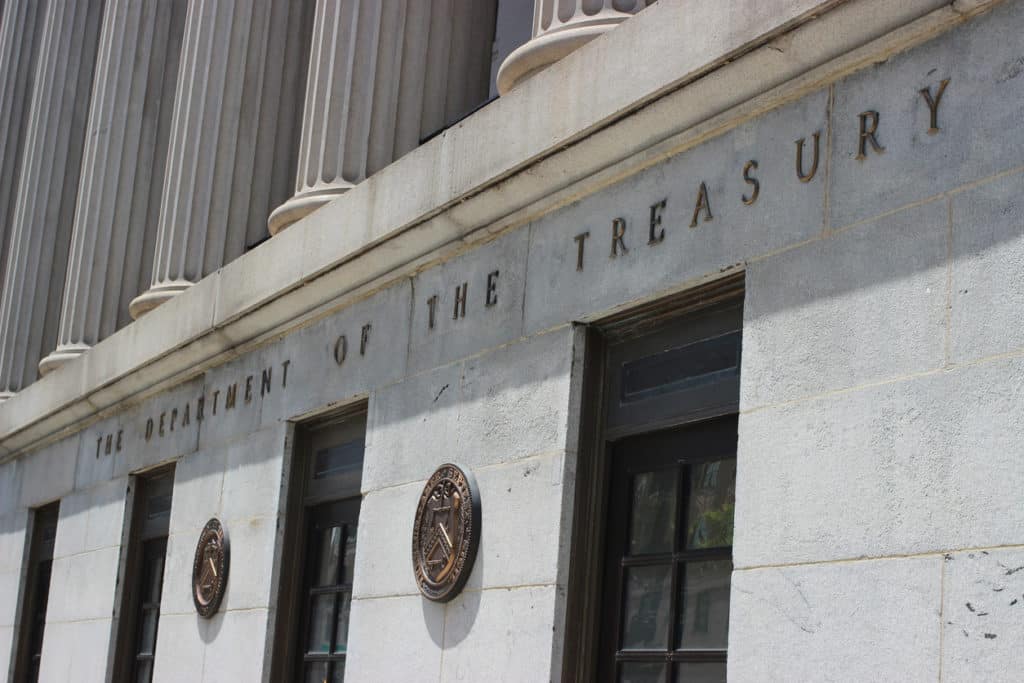
While DeFi has revolutionized finance as we know it, it’s still missing one of TradFi’s most fundamental building blocks: fixed-income rates. Without access to reliable yield benchmarks, on-chain offerings struggle to compete with traditional markets when it comes to lending, borrowing, and structured products.
But that’s all changing today.
The Pyth contributors recently launched Pyth Rates Feeds, with the rollout of US Treasury Rates across various maturities directly on chain.
US Treasuries are the backbone of global fixed-income markets, serving as the benchmark for risk-free rates. The US fixed-income and swap market moves trillions of dollars every year, shaping everything from corporate debt to global liquidity.
Now, DeFi can integrate real-time treasury feeds across the full interest rate curve with the same level of transparency, accuracy, and reliability that Pyth brings to crypto, equities, and forex.
With Pyth Rates Feeds, developers can unlock a new era of DeFi innovation—enabling on-chain fixed-income products, decentralized lending protocols, and seamless access to one of the world’s most liquid asset classes.
Fixed income is no longer out of reach for DeFi—it’s here. And it’s all made possible by Pyth.
What are US Treasuries
US Treasuries are debt securities issued by the United States Department of the Treasury to finance the operations and obligations of the US government. They represent the government’s promise to pay back borrowed money with interest over a specified period of time.
Treasury yields represent the annualized return on investment for holding a bond to maturity, expressed as a percentage of its face value. For example, the 10-Year Treasury Yield (Rates.US10Y) might be displayed as 3.75%, indicating the yearly return an investor would earn.
These yields are widely used as indicators of economic conditions, influencing borrowing costs, investment decisions, and monetary policy. Having these data feeds in a blockchain or DeFi ecosystem would provide robust tools for creating interest rate derivatives, yield farming strategies, and risk management products, enhancing the ecosystem’s financial sophistication.
Launching Treasury Rates in DeFi
Blockchain builders have worked to bring debt markets on-chain for years now. The inclusion of US Treasuries as an on-chain asset class changes the game for DeFi, making the following benefits possible:
Stability and Risk Mitigation: US Treasuries provide a low-risk, stable investment option. There’s a strong case to be made for bringing greater stability to the often volatile and speculative nature of DeFi. By incorporating US Treasuries, DeFi users can diversify their portfolios as to mitigate risk and maintaining a reliable income source.
Increased Liquidity: Introduction US Treasuries expands the pool of highly liquid assets available for on-chain trading and lending. Thanks to their deep market liquidity and global recognition, US Treasuries can enhance market depth and attract more institutional participants, ushering in greater trading volume, liquidity, and, as a direct result, capital efficiency for the DeFi industry.
Trust and Credibility: The long-standing reputation of US Treasuries as a safe haven asset brings an additional layer of credibility to the DeFi space. As noted above, the inclusion of this trusted and established asset class can attract traditional investors, institutional players, and regulated entities, further legitimizing DeFi and increasing its mainstream adoption.
Portfolio Diversification: US Treasuries offer DeFi participants the opportunity to diversify their holdings beyond digital assets. By integrating US Treasuries into DeFi protocols, users can access a broader range of investment options and fine-tune their exposures to better meet their own risk profiles.
Getting Started with Pyth Rates Feeds
With the introduction of Pyth Rates Feeds and the US Treasury Rates feeds, developers will be able to permissionlessly integrate the following tenors:
- Rates.US1M: Yield on the 1-month U.S. Treasury Bill.
- Rates.US3M: Yield on the 3-month U.S. Treasury Bill.
- Rates.US6M: Yield on the 6-month U.S. Treasury Bill.
- Rates.US1Y: Yield on the 1-year U.S. Treasury Note.
- Rates.US2Y: Yield on the 2-year U.S. Treasury Note.
- Rates.US5Y: Yield on the 5-year U.S. Treasury Note.
- Rates.US7Y: Yield on the 7-year U.S. Treasury Note.
- Rates.US10Y: Yield on the 10-year U.S. Treasury Note.
- Rates.US30Y: Yield on the 30-year U.S. Treasury Bond.
Source: Pyth




